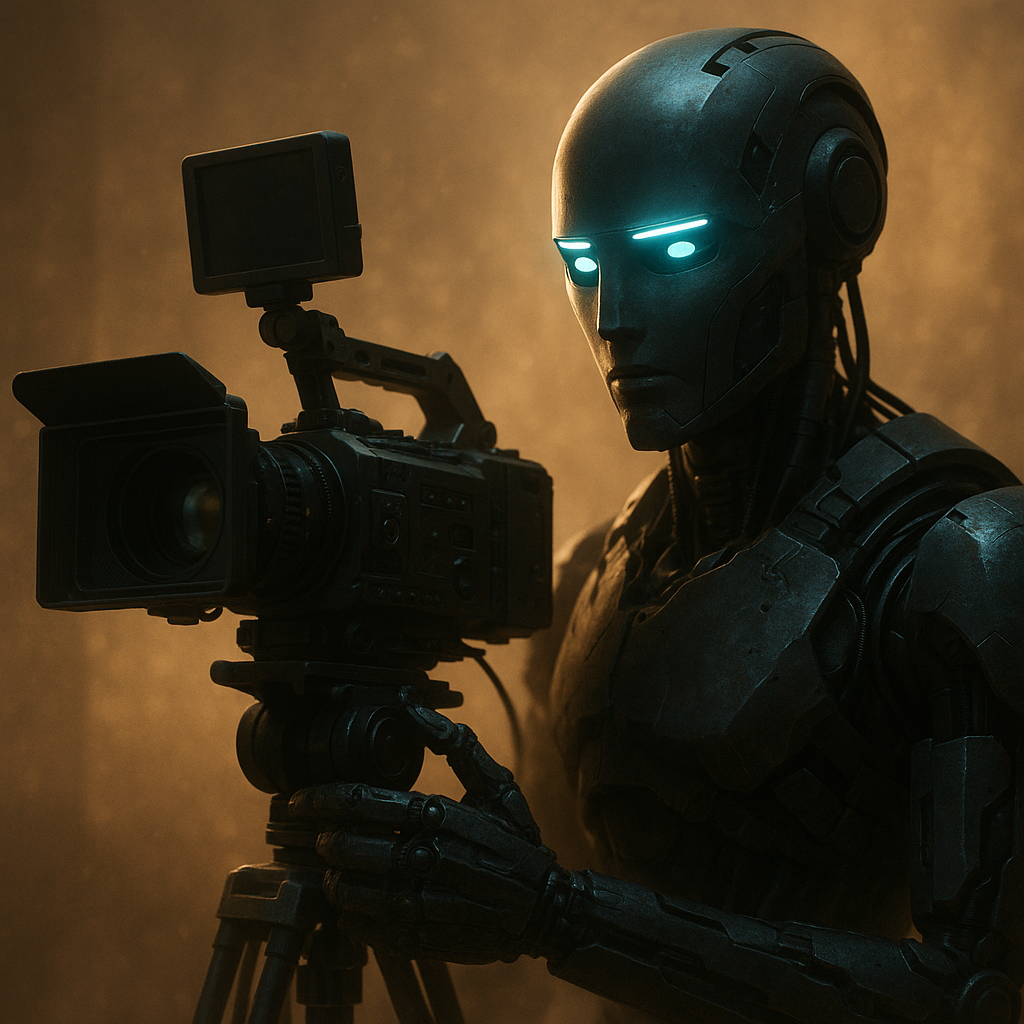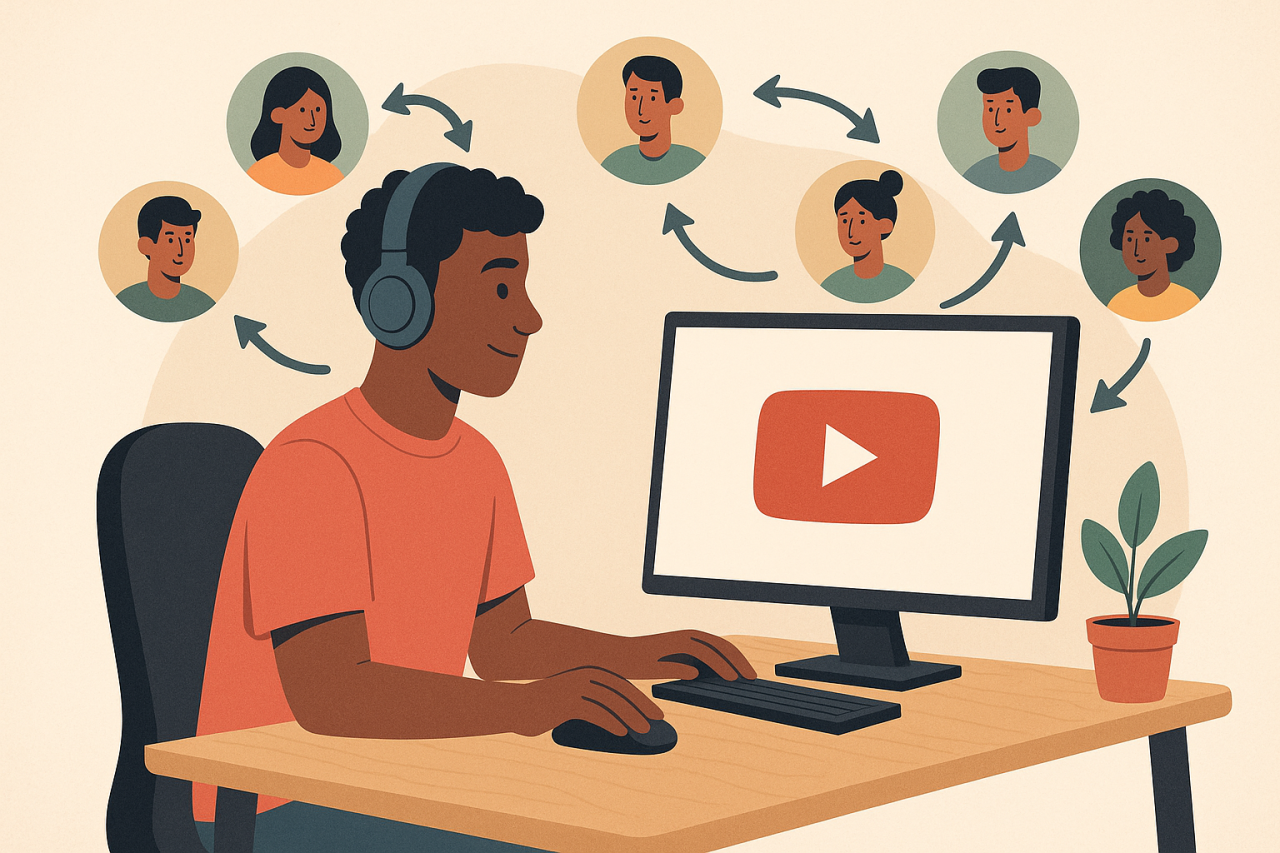Imagine tuning into what looks like a slick car expo on YouTube, only to learn the host, the attendees and even the cars don't exist – they're all AI-generated. This scenario is real. Google’s new AI tool, Flow (powered by its Veo3 engine), can generate complete videos and soundtracks from a text prompt. The clips look so real that they blur fantasy and reality. For creators, viewers and advertisers this is thrilling, but also unsettling. For context, Flow is still limited to a paid beta in the US and has quirks, but even in its early form it’s already making waves.
Flow is like a one-person studio in your browser. Launched in 2025, it takes plain-English descriptions and outputs cinematic-quality video. The secret is Google’s advanced AI: one model turns your words into images, another animates motion, and a language model helps with the prompts. The result is scenes where gravity works, camera moves feel natural, and lighting is realistic. The latest upgrade, Veo3, even adds audio – when you prompt a scene, Flow automatically adds ambient sounds, music and dialogue. Flow’s power comes at a price: it’s only in Google’s paid AI plans. But for that flat fee, a creator can generate hundreds of videos – a massive saving compared to a real film crew. Flow even packs in pro tools like virtual camera control and scene stitching, essentially giving one person a whole VFX studio in AI form. There’s even a built-in showcase called “Flow TV,” where you can browse example AI-generated clips and see the exact prompts used, to spark your creativity. For perspective, filming a single scene with actors and crew can easily cost thousands of dollars, whereas generating that scene on Flow might only cost a few dollars in cloud compute.





